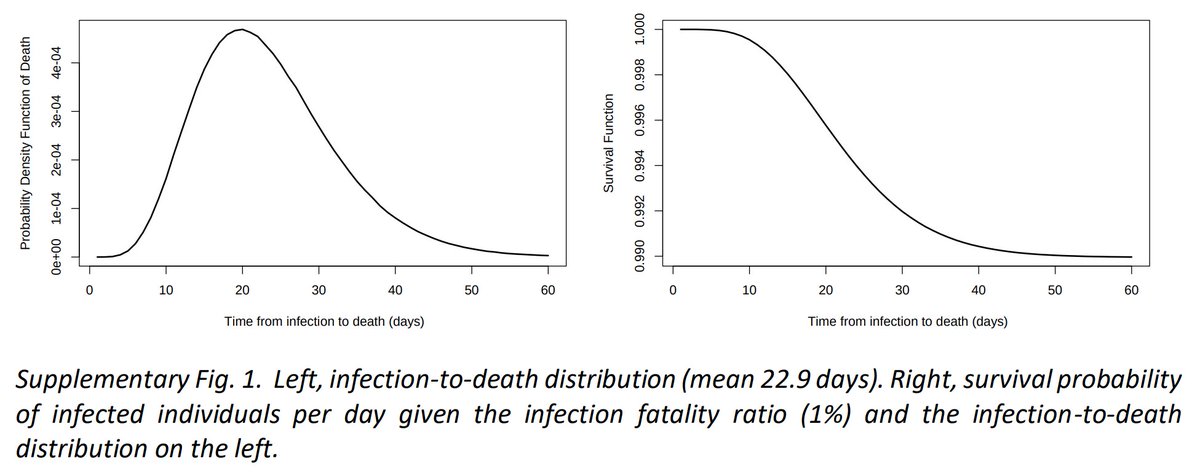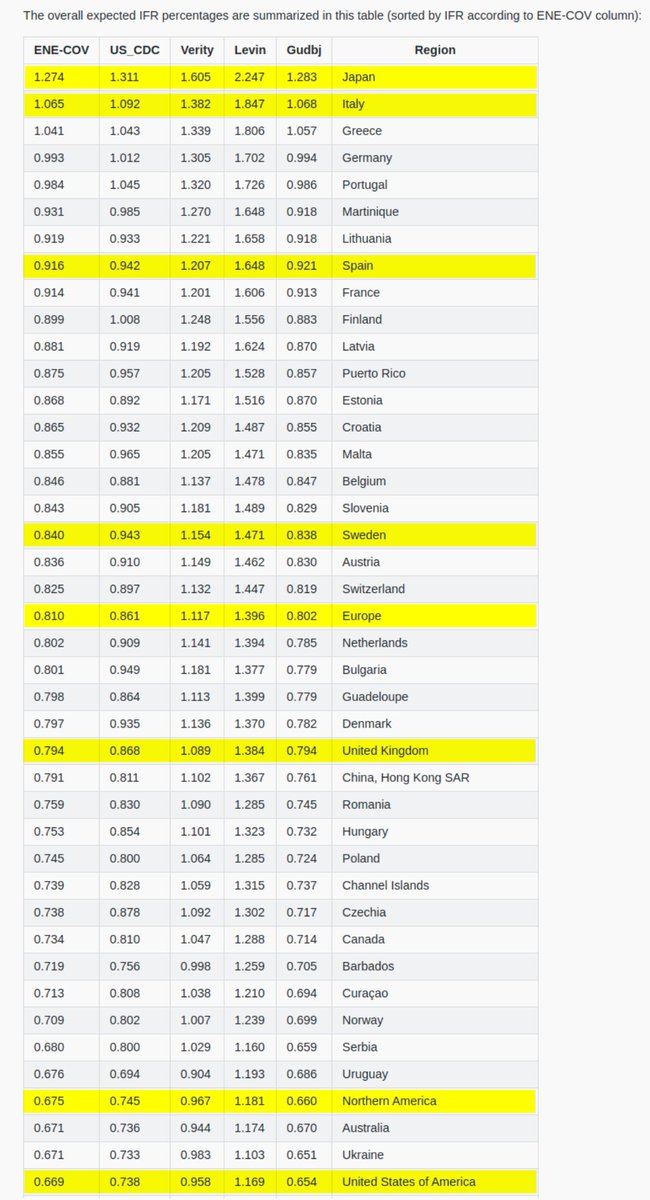
Things that happened in Sweden in last 2 months:
• family isolation
• ban public events of more than 8
• cinemas/museums/gyms closed
• nightlife curbed (alcohol ban)
• Tegnell: yes to face masks
• nursing home visit ban
• + many restrictions
Sources: see links below
1/n
• family isolation
• ban public events of more than 8
• cinemas/museums/gyms closed
• nightlife curbed (alcohol ban)
• Tegnell: yes to face masks
• nursing home visit ban
• + many restrictions
Sources: see links below
1/n
Family isolation: household contacts of infected persons not allowed to go to work (since 01 Oct) folkhalsomyndigheten.se/nyheter-och-pr…
2/n
2/n
Nightlife curbed by prohibiting alcohol sale after 10pm, and closing restaurants/bars at 10:30pm (ages 20-29 are always big drivers of infection that easily transmits to other age groups): thelocal.se/20201111/break…
6/n
6/n
Tegnell says yes to facemasks in a reversal of policy —sales skyrocket 10-fold
7/n
https://twitter.com/zorinaq/status/1331724777036267521
7/n
Nursing home visits prohibited, again, after being briefly re-authorized in October: svd.se/goteborg-infor…
8/n
8/n
And many, many other local restrictions from "local councils" that vary from county to county:
svd.se/okning-av-anta…
gp.se/nyheter/sverig…
sydsvenskan.se/2020-10-29/mal…
svt.se/nyheter/lokalt…
And more. Too many to list.
9/n
svd.se/okning-av-anta…
gp.se/nyheter/sverig…
sydsvenskan.se/2020-10-29/mal…
svt.se/nyheter/lokalt…
And more. Too many to list.
9/n
• • •
Missing some Tweet in this thread? You can try to
force a refresh









